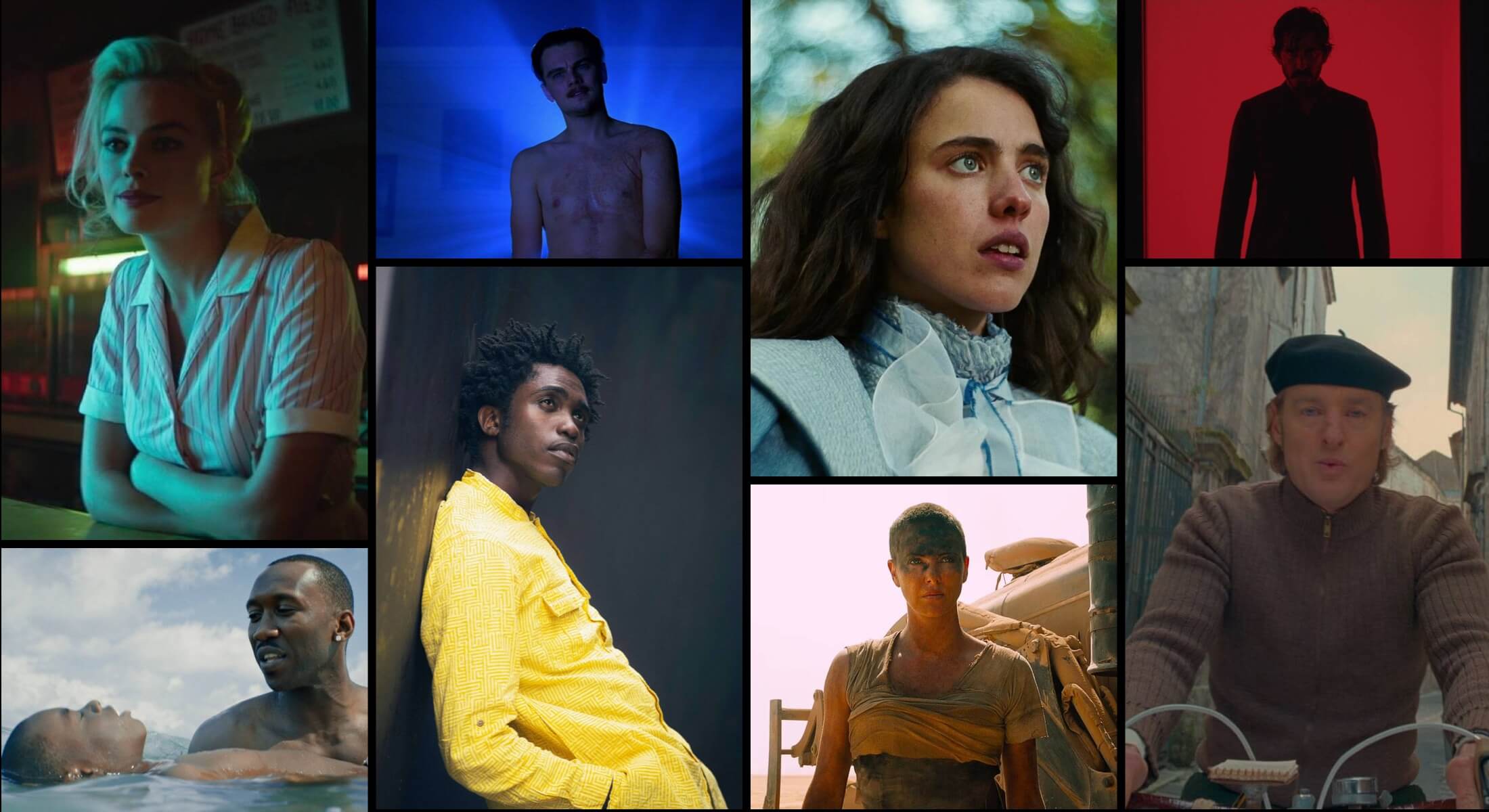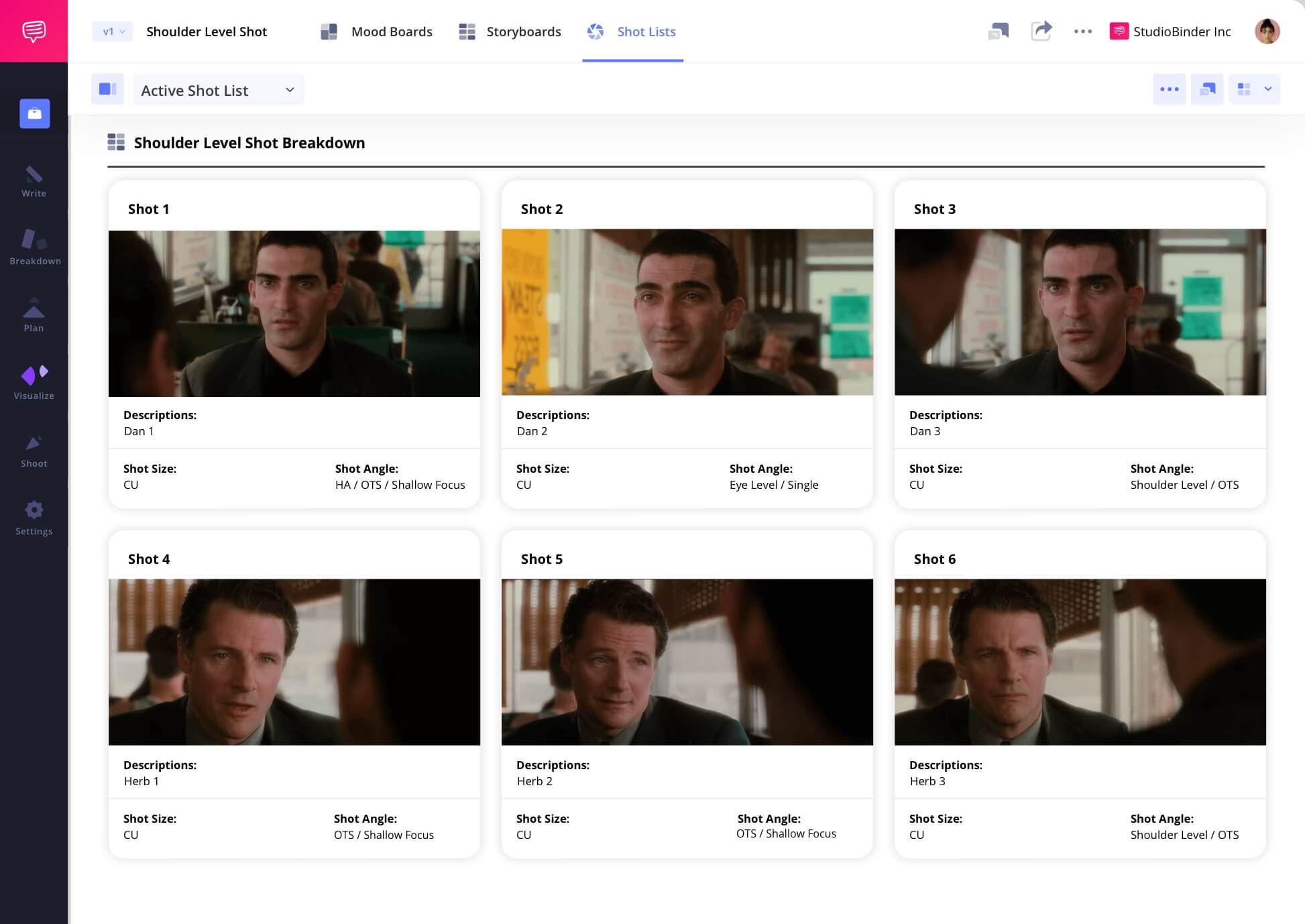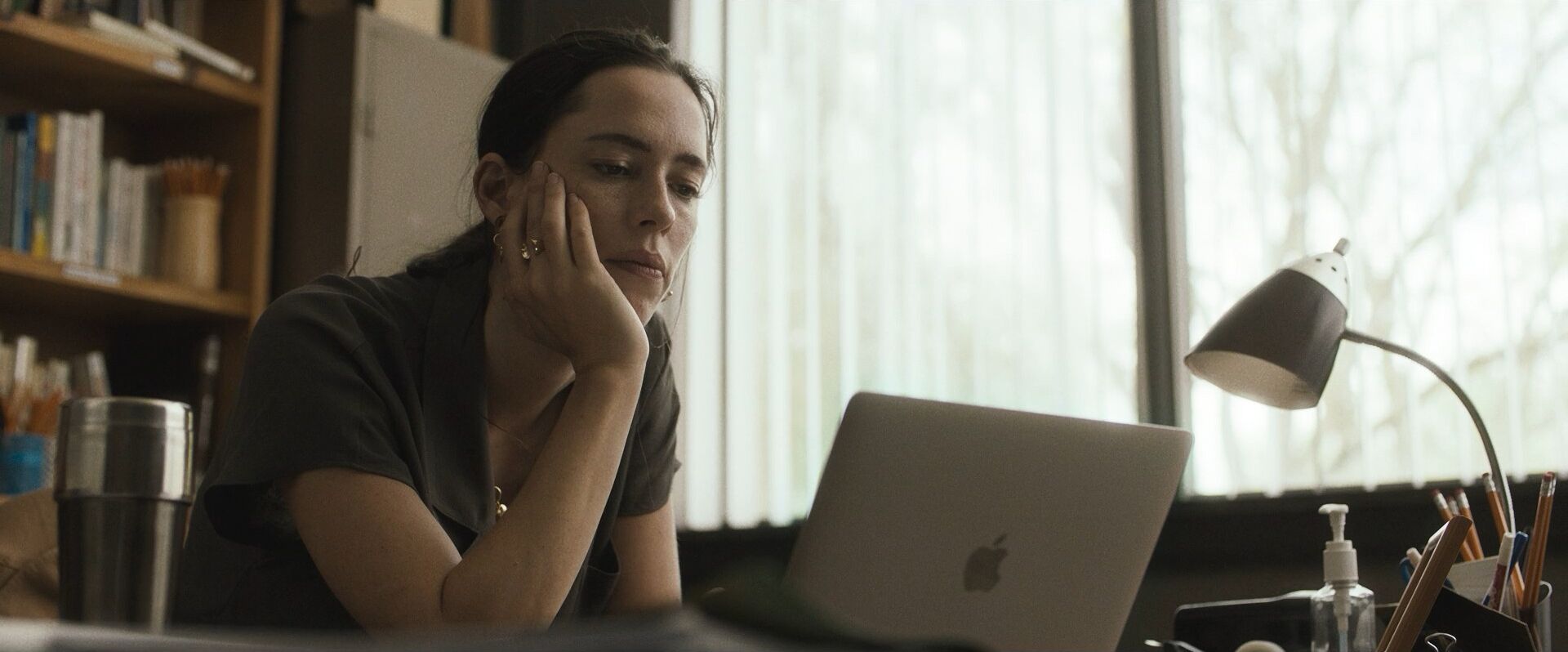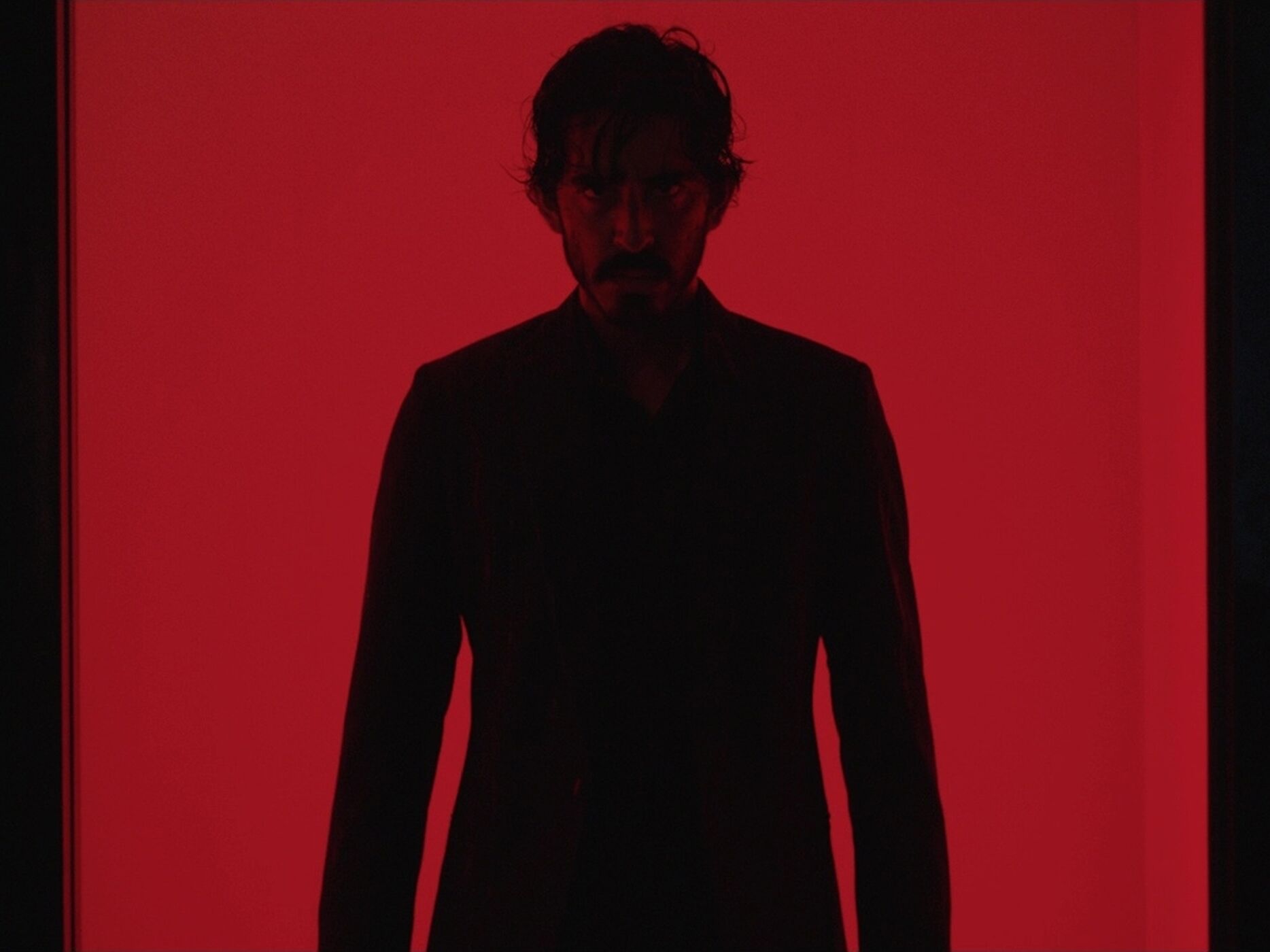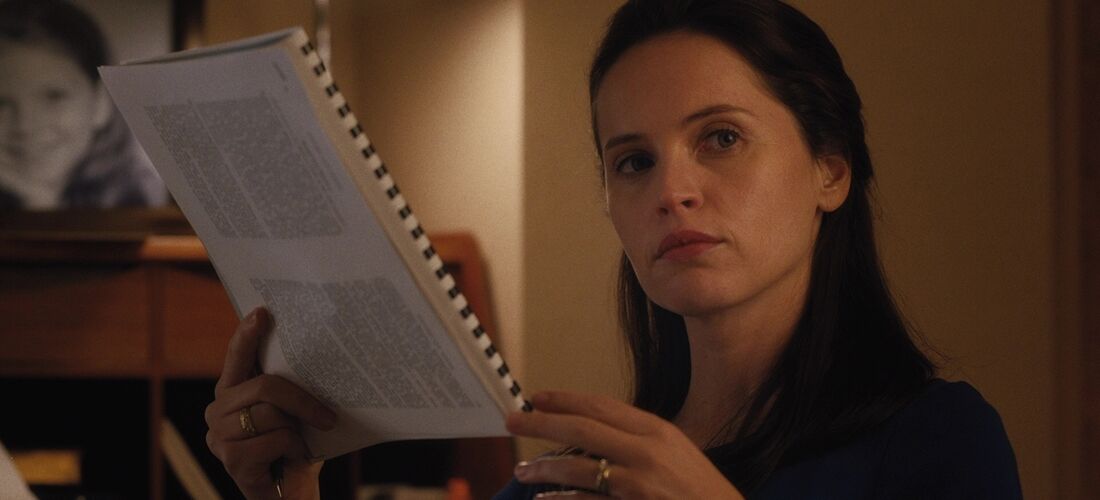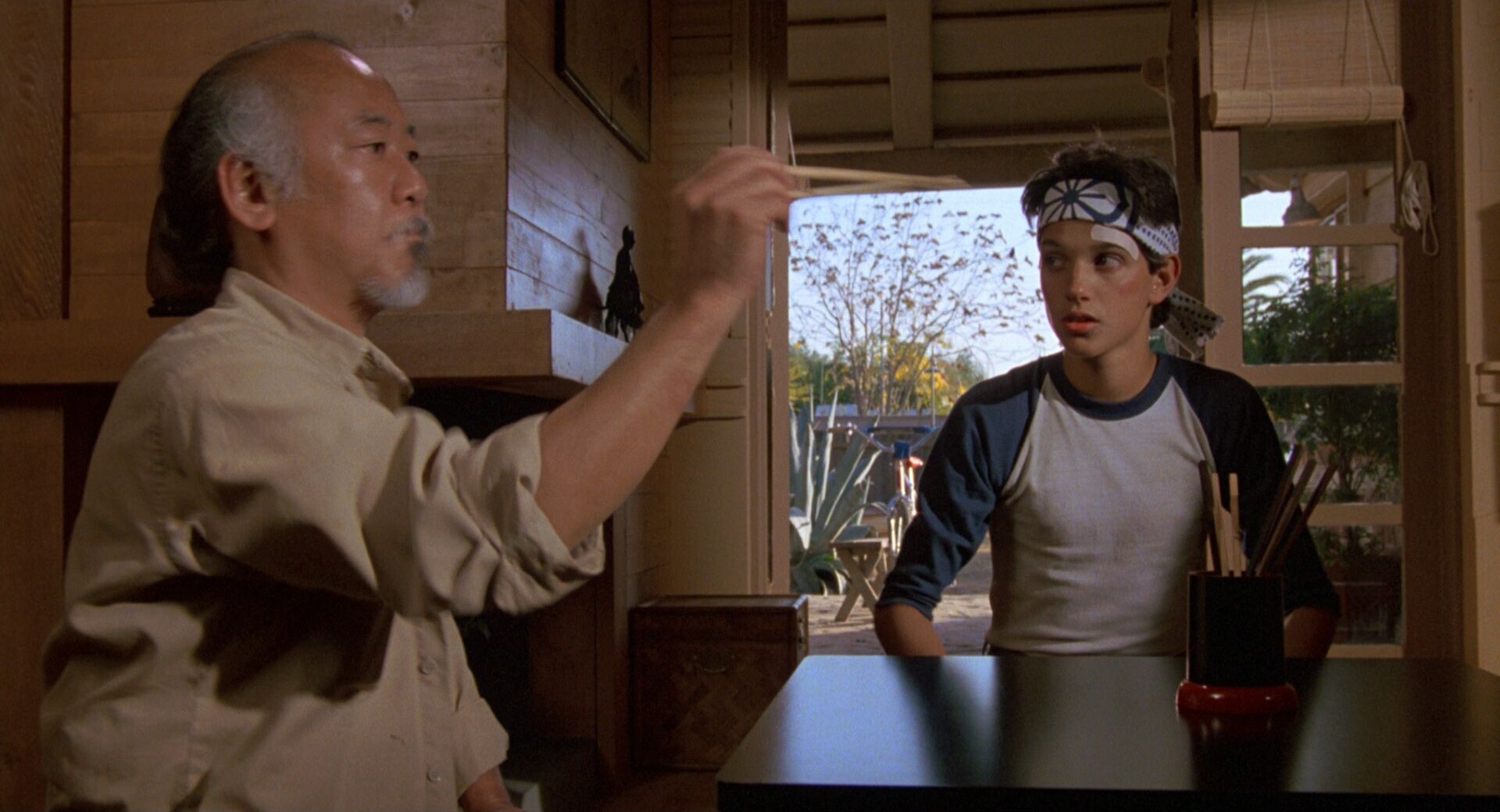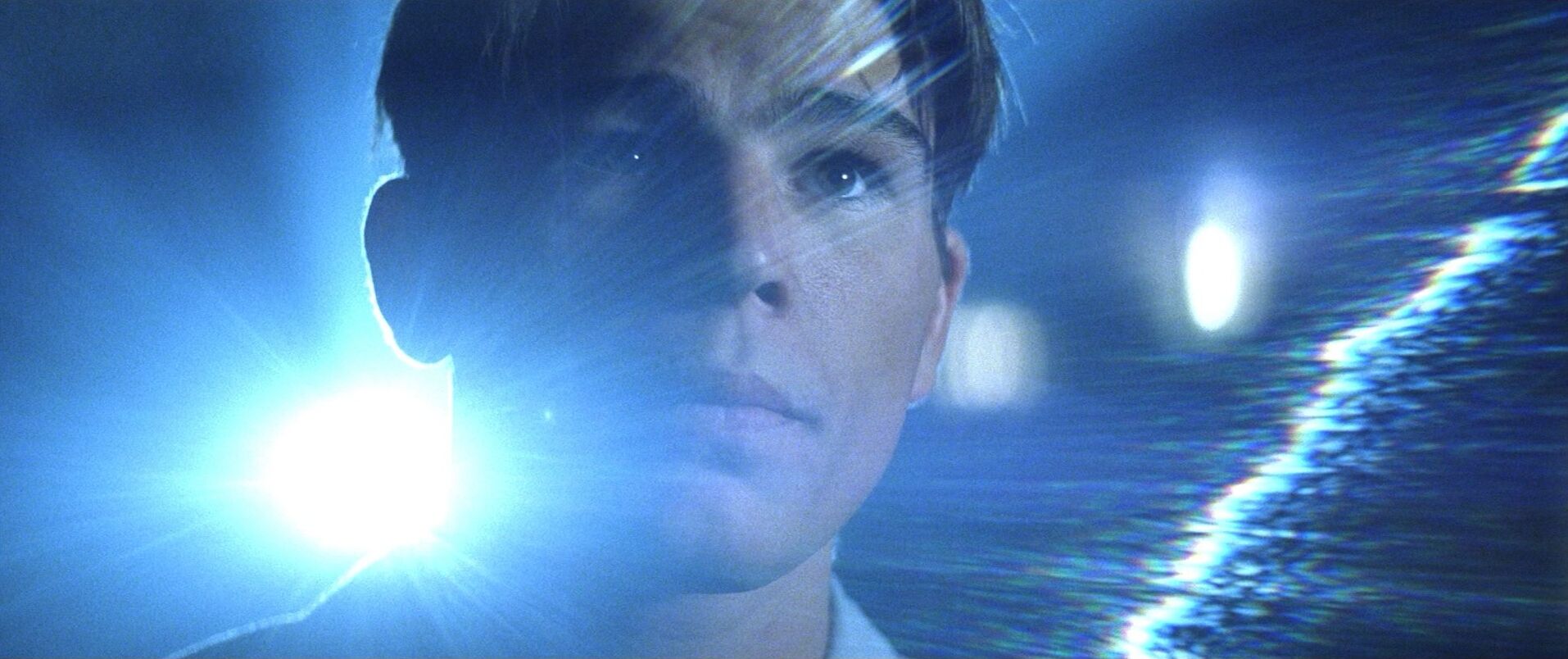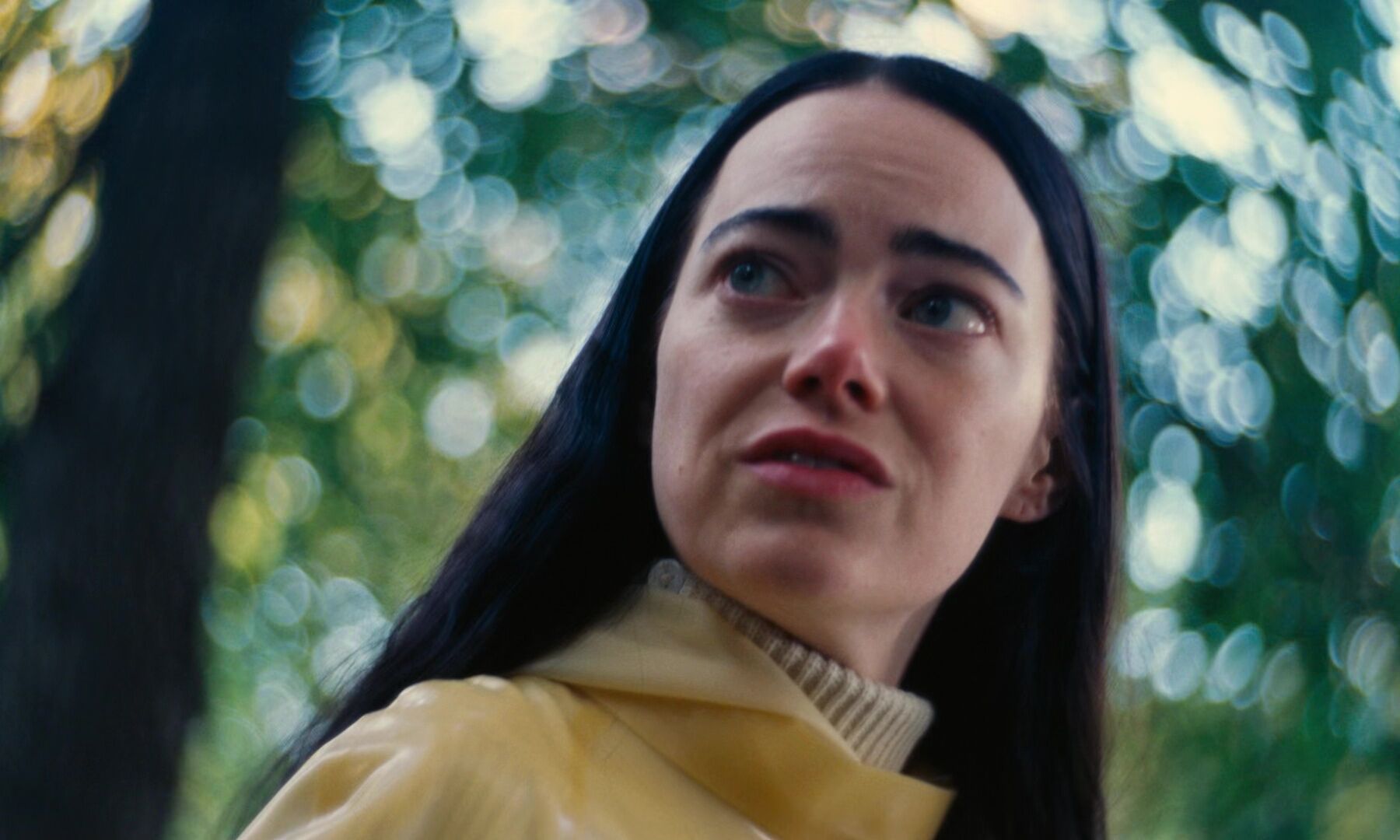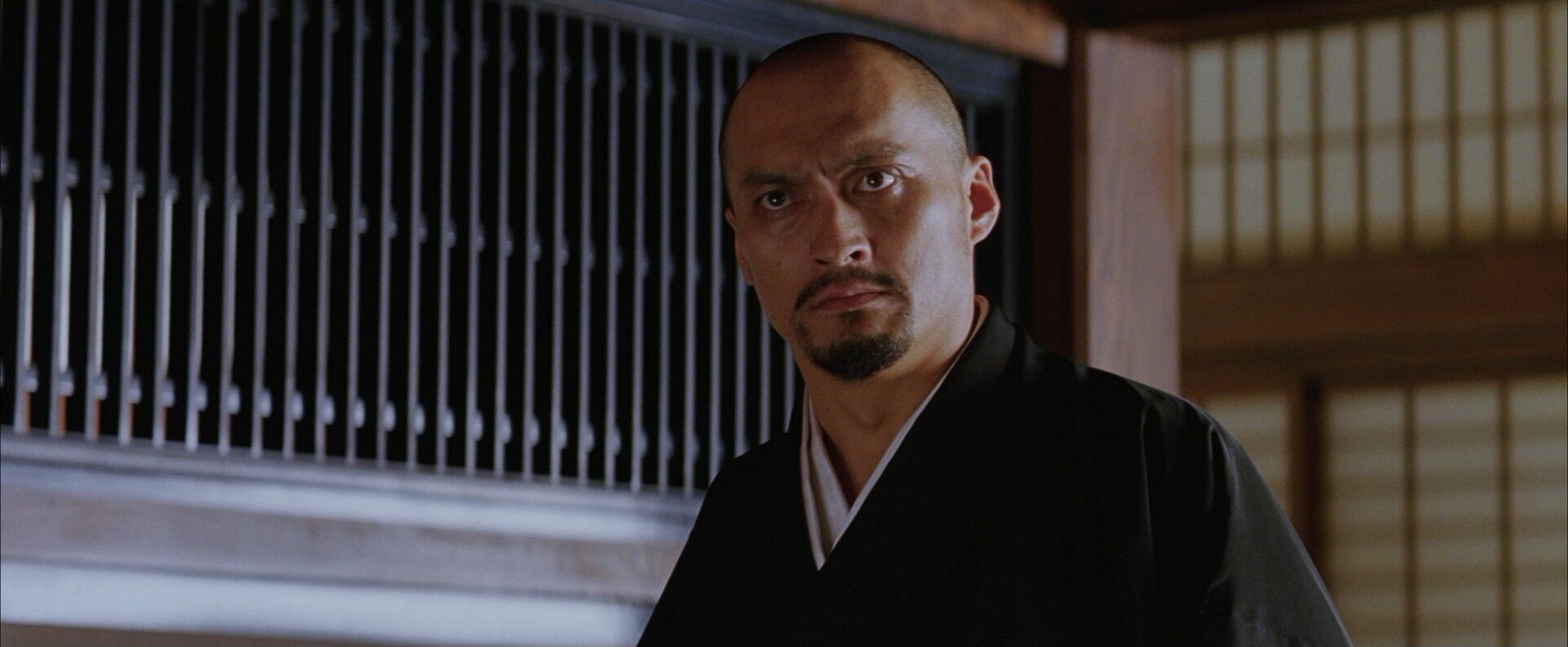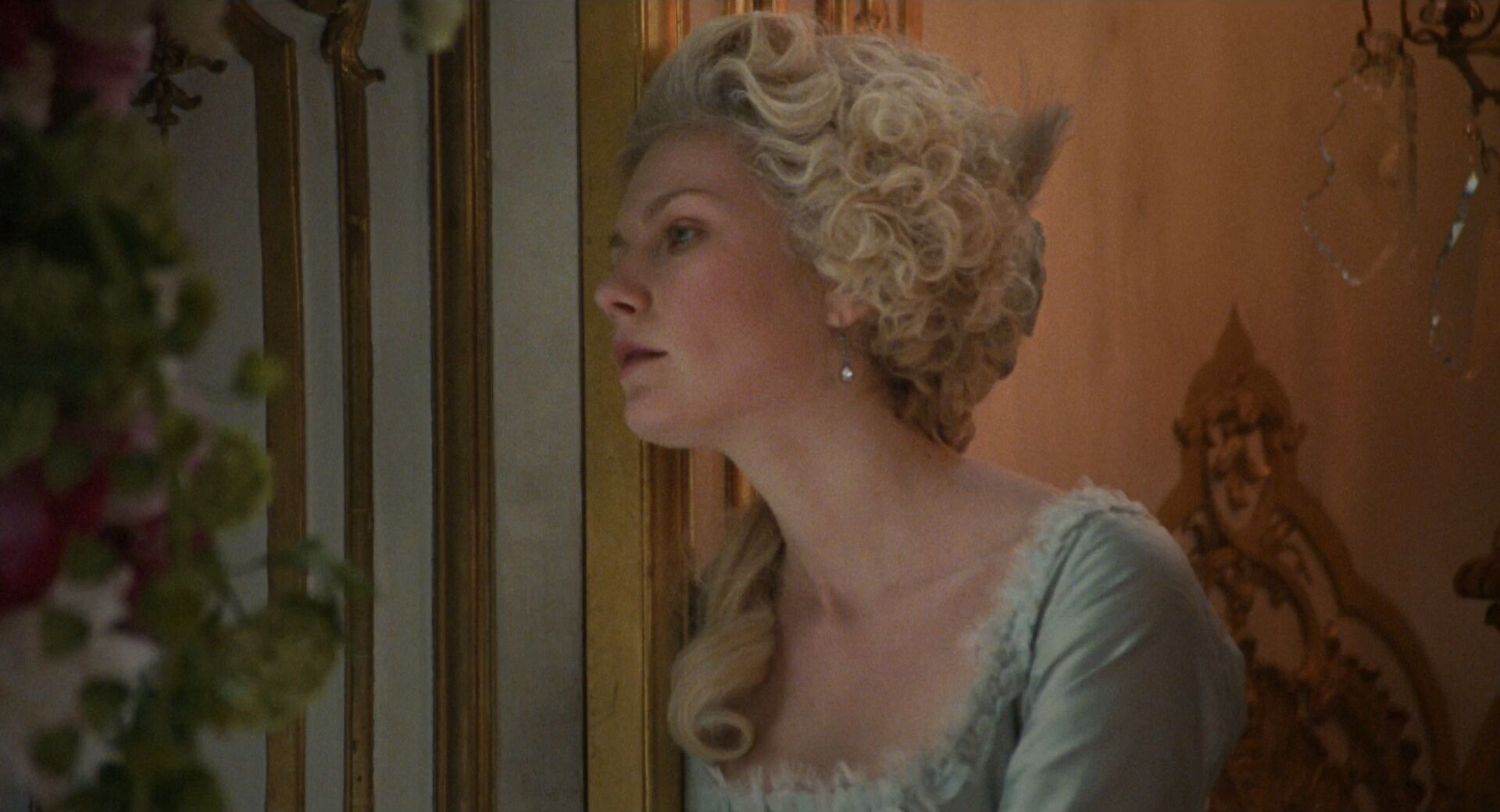home → Camera Angles → Shoulder Level Shot
Shoulder LEvel Shot Definition
What is a shoulder level shot?
A shoulder level shot places the camera roughly at the subject's should height, offering a perspective slightly lower than the eyes but still relatively neutral. This angle maintains realism while subtly shifting the viewer's point of view, often grounding the shot in a more physical or bodily sense. Because it can add a feeling of height to a character, it is about as common as an eye level shot.
For more, read our full breakdown of the over the shoulder shot, including examples that illustrate the various functions.
Meanings & Purpose
Shoulder level shot examples
Before breaking down how shoulder level shots function within visual storytelling, it helps to first see them in action. Browse this curated set of shoulder-level shots to get a feel for how this angle balances realism with subtle perspective shifts.
Frames a character in a grounded way
Adds to a character's height
Adds a slight intimacy without distorting scale
Offers a natural viewpoint for dialogue scenes
Usages
What does a shoulder level shot do?
Shoulder level shots may be less discussed than eye level shots, but they're just as effective in shaping tone and perspective. Slightly lower than the subject's eyeline, the angle isn't dramatic, but it doesn't have the exact neutrality of an eye level shot. Here are a few ways shoulder level shots contribute to visual storytelling.
Subtle power shift
Framing a character from the shoulders can hint at an imbalance — just enough to make them feel more dominant or grounded without signaling it.
Natural dialogue flow
Used in two-shots or over-the-shoulder conversations, the angle helps preserve realism while giving viewers a sense of presence within the scene.
Bodily emphasis
By placing the camera at Character A's shoulder height, the frame includes more of the torso and posture, highlighting body language and physical tension.
Grounded perspective
When a character is walking, reacting, or making a choice, etc., shoulder level shots offer a grounded viewpoint that keeps us close without being invasive.
Qualities
Shoulder level vs eye level shot
Shoulder level shots are often confused with eye level shots, but they offer a slightly different effect that can be easy to miss. Instead of placing the camera directly across from the subject's eyes, a should level shot frames from just below, usually around the upper chest or collarbone.
This minor adjustment shifts the viewer's vantage point — eye contact may still be visible, but the subject often appears subtly more prominent in the frame. Compared to the emotional neutrality of eye level shots, shoulder-level framing can add a touch of weight of presence without veering into exaggeration.
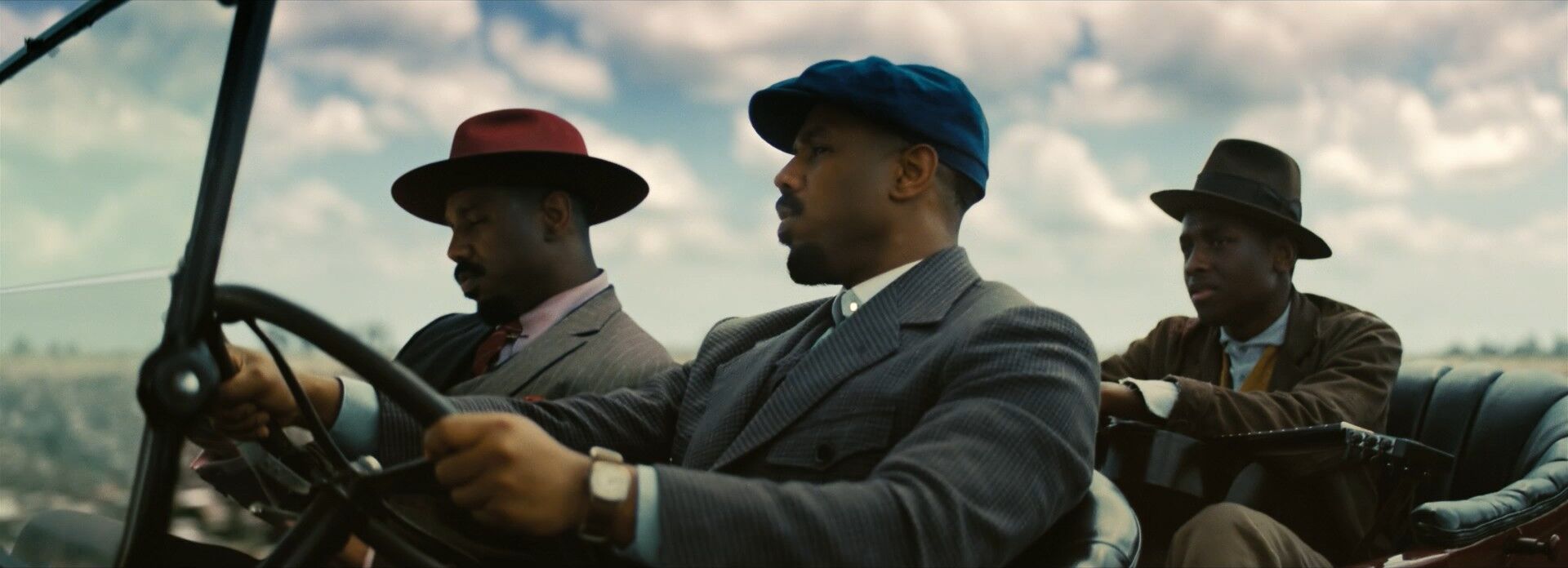
Case Study
Shot listing a should level shot
Time to take a closer look at the shoulder level shot by examining its use in a famously unsettling scene. In this sequence from Mulholland Drive, the camera floats around shoulder level throughout the conversation.
Click the shot list below, to see how the scene evolves. Why would director David Lynch want to keep the camera at shoulder level here?
Shoulder level shots often fly under the radar, but their subtle framing can be a powerful tool in a filmmaker's visual arsenal.
Let's explore how shoulder-level framing can influence mood, character relationships, and scene dynamics.
Unique Pairings
How should you pair a shoulder level shot with other camera techniques?
How to combine a shoulder level shot in film
When paired with other techniques, shoulder level shots can do more than just mirror reality — they can influence tone, guide emotion, and subtly shift viewer perspective. Below are several ways this angle combines with different cinematic tools for distinct storytelling effect.
- Medium Shot: A classic match with shoulder level framing, this combination offers a grounded view of body language and facial expression without feeling stylized.
- Two-Shot: Framing two characters from shoulder height allows for balanced, conversational staging.
- Crane: Beginning or ending a crane movement at shoulder level helps blend the intimate with the more sweeping effect of the crane.
- Whip Pan: Executing a quick pan at shoulder height injects energy or surprise while still keeping subjects spatially grounded.
- Static Shot: A locked-off camera at shoulder level draws focus to performance and dialogue, minimizing distraction and emphasizing realism.
- Dolly: Tracking alongside a character from shoulder height often feels fluid and personal, great for walk-and-talks.
Frequently asked questions about the shoulder level shot
A shoulder level shot offers a slightly lower but still neutral perspective, often used to subtly empower the subject or bring out more physical presence. It’s especially effective in dialogue scenes or moments where grounding a character visually matters.
Position the camera so the lens lines up roughly with the subject’s shoulders– not their eyes or chest. Keep in mind:
- The subject’s height determines the exact position
- A tripod or shoulder rig can help maintain steady framing
- Framing will vary depending on whether it’s a single or two-person scene
Use a shoulder level shot when you want to:
- Give the subject a slight sense of strength or control without going full low angle
- Create natural compositions that still feel rooted in realism
- Subtly shift tone without drawing attention to the camera angle
Yes, though they’re often used so subtly that they go unnoticed. They’re a favorite in film because they create a comfortable, natural look with just a hint of elevation.
It depends on the effect you want:
- Eye level is neutral and emotionally direct
- Shoulder level adds a touch more presence or weight to the subject
Try both when you’re setting up and see which better fits the tone of the scene.
